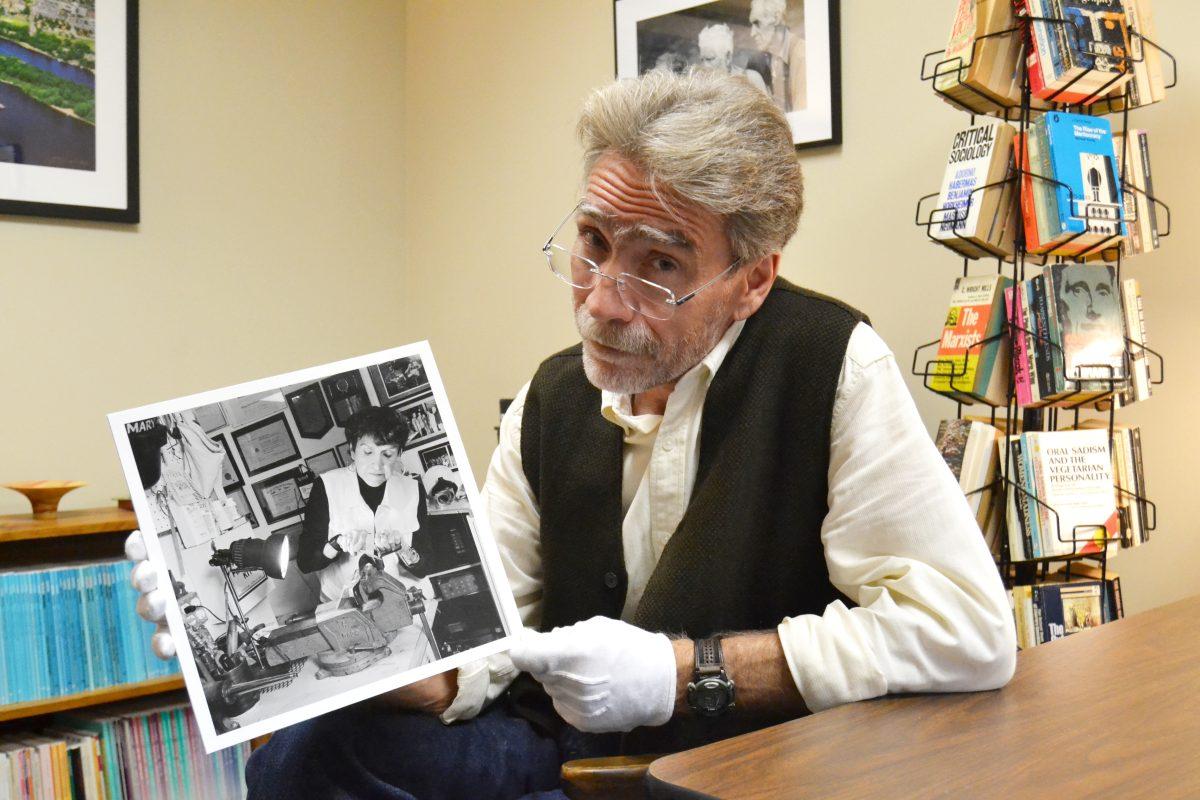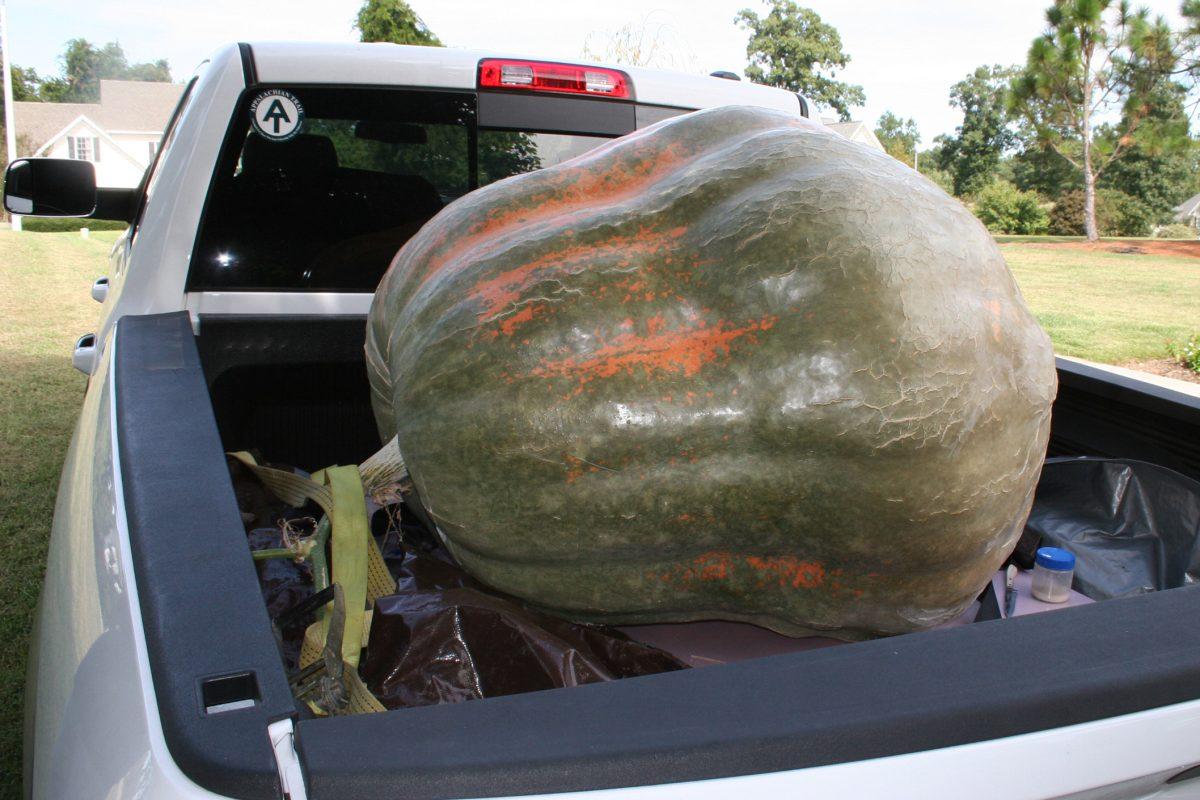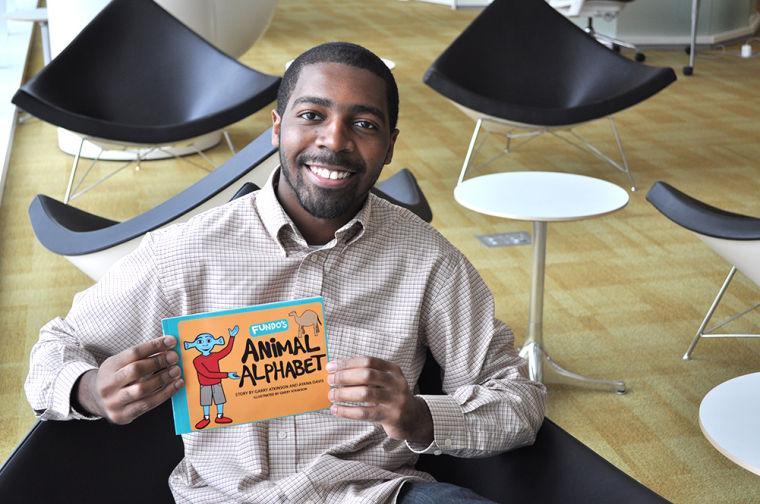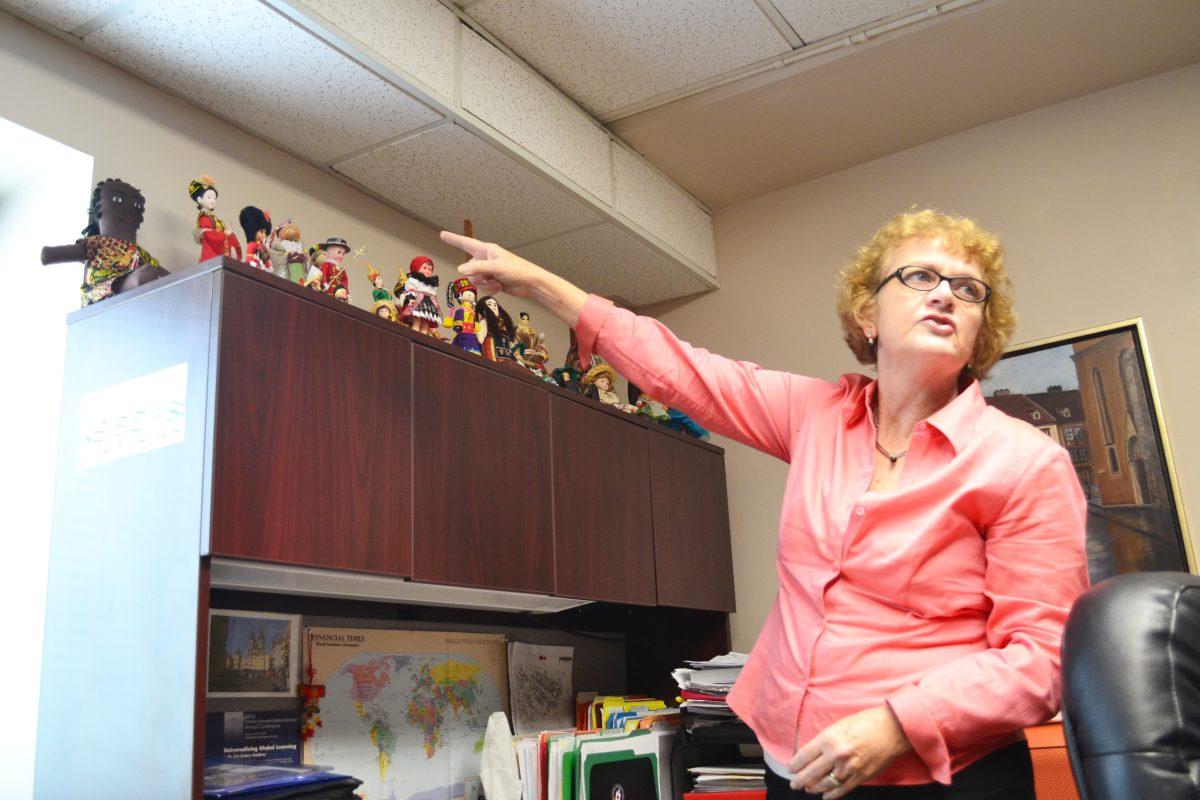N.C. State professor of sociology Michael Schwalbe has a photography exhibit at the Durham Arts Council.
The exhibit, A View to the Making: Portraits of North Carolina Craft Artists at Work, will be on display until Nov. 10, and it comprises 25 black-and-white film photographs of craft artists at work.
“You see, in the photographs, the artists in their studios doing the kind of things they do when a photographer is not around,” Schwalbe said.
Schwalbe includes a brief description with each photo by way of text panels. Schwalbe interviewed each of the artists he photographed and included an excerpt of their interviews in the text panels.
“It gives more information,” Schwalbe said. “It helps you understand more about what these people do and what’s important to them about craft. You can see what they’re doing, what the people look like and their studios or their shops in the photographs, but then you also get a chance to learn something about how they think about their work by reading these excerpts.”
Schwalbe started the project in May 2009 and finished in the spring of 2012. Although this is a recent project, Schwalbe said he has been interested in craftwork for years.
Schwalbe said he had been interested in craftwork since his dissertation days, when he studied how people experience industrial production.
Schwalbe said he became interested in photography when he was 8 years old in 1964.
“I used to take photographs that were black and white with my little Brownie camera that I must have gotten as a gift from someone,” Schwalbe said. “I was a pest with a camera as a kid, but now members of my family are happy that I took all those pictures. Even later, as I was getting older, I think I still had that interest in it — in part because there were people in my family who liked photography and got excited about pictures.”
One of Schwalbe’s grandfathers was a photographer, and he said having that role model greatly inspired him to pursue his hobby.
“I think that was a source of my attraction to it, the fact that one of my favorite grandfathers was a photographer,” Schwalbe said. “He was a machinist by trade, but he also had a part-time wedding-and-portrait photography business. He gave me the film for free that I shot up in my little camera.”
A View to the Making is not Schwalbe’s only public photography display. He published two documentary styled books, one in 2004 and one in 2011. Both books include photographs and others’ personal stories.
A View to the Making is his third solo exhibit since 2000, and Schwalbe has another coming soon to N.C. State’s Craft Center in the spring of 2014.
Schwalbe will display his current exhibit at the Craft Center and will participate in at least one discussion panel in conjunction with it.
“I think the people here – students, faculty, staff, should have convenient access to the work of a faculty member,” Schwalbe said. “So I’m delighted that it will be at the Crafts Center. It will be easier for people here on campus to see, so I’m looking forward to that.”
This photography project allowed Schwalbe to return to his interest in photography, but he also said he hopes that his viewers will get something out of the exhibit too.
“I hope it helps people understand what craft is about, what it means to take care in making something and making something as well as you can possibly make it,” Schwalbe said. “I want them to appreciate the knowledge and skill that go into making craft objects. I want them to see with whom they could have relationships in a sense of buying their work or seeing their work or appreciating their work. With craft, unlike mass-produced objects, there’s a person on the other end of the process. You can get to know that person – you can acquire their work and use it. You can appreciate the skill that went into it, the beauty of the object and its functionality.”
Schwalbe’s craft artist project may not be complete after the exhibition in the Craft Center. He may further the project by publishing these images and information from the interviews into another book.
“I’d originally thought I might do a book, and that still could happen,” Schwalbe said. “The thing about an exhibit is that it goes up. It’s up for weeks. And then it comes down and kind of evaporates. Whereas, if you can turn it into a book or a catalog, then it endures and people can keep enjoying it and learning from it for a long time.”





